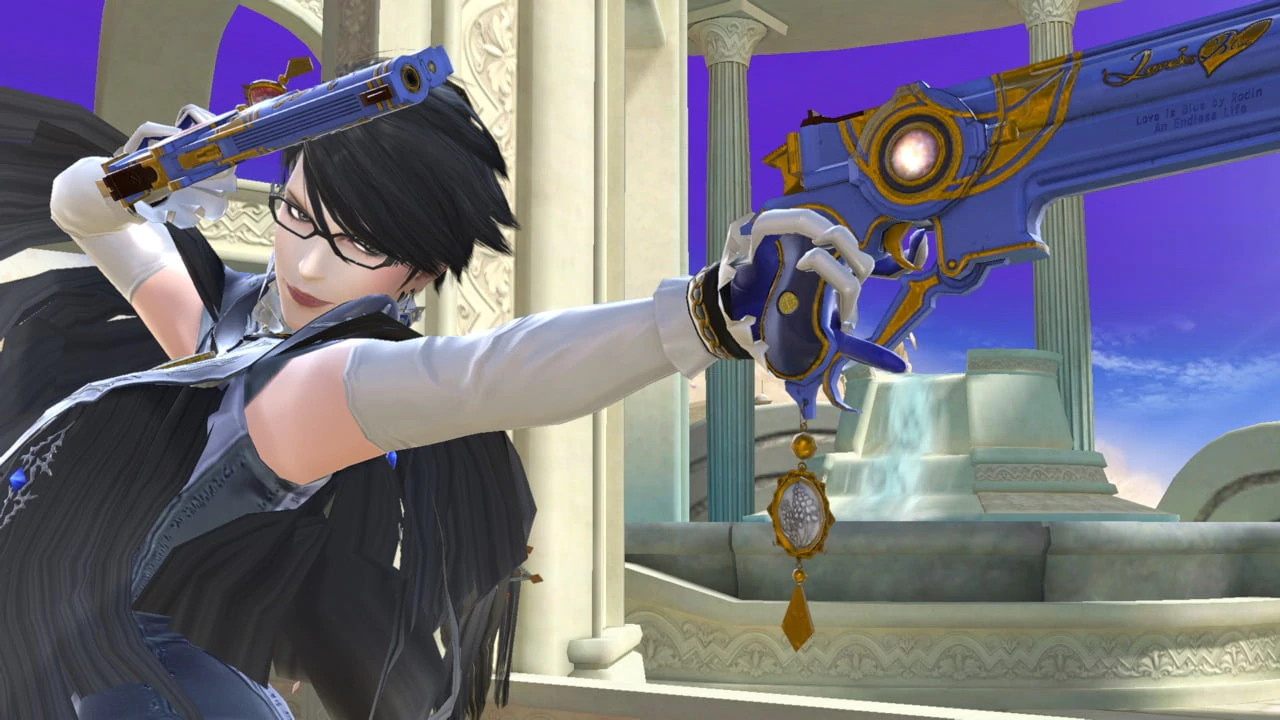Rushdown, grappler, and zoner are probably the most recognizable fighting game character archetypes. They’re easy to define even for players with less experience. Others are less common, but chances are they’re still familiar to fans of the bigger fighting game franchises.
Let’s break down six FGC archetypes that many fans often forget.
Reversal
A reversal character is all about anticipation and counters. Some are risky to play because of a reliance on reads. Make the wrong call and you might struggle to open up your opponent. They are absolutely brutal in capable hands, especially against players that lack matchup experience.
Reversal characters might bait attacks to create opportunities for some of their more lethal moves. If you’re caught in a disadvantageous situation when things felt favorable, chances are it was part of their plan.
Bayonetta in Super Smash Bros is one of the most infamous reversal characters. She dominated the end of Smash 4’s meta thanks to Witch Time (puts players into slow motion) and Bat Within (dodges moves and halves damage). Both moves set up devastating combos for Bayo mains.

Mimic (Ditto Fighter)
One of the more fun of the lesser archetypes, if only because it’s so unusual, mimic or ditto fighters are shells who copy other playstyles. You might recognize the name if you played Pokemon.
Two of the more famous examples are Mokujin from Tekken and Kirby in Super Smash Bros. Mokujin translates to wooden person. It is literally a sentient collection of wood in the form of a fighter. Mokujin doesn’t have their own fighting style and instead copies another character at random.
Kirby inhales opponents, then gains part of their moveset. He also gets cute costumes, like a green cap for Link or Mario’s hat when the Mushroom Kingdom’s most popular plumber is on the menu.
Install
Now we’re really starting to get into lesser-known archetypes. Install basically means something that will improve or buff a character. They’re also called transformations.
One notable example is Sol Badguy from Guilty Gear. His Dragon Install changes his appearance and grants certain abilities. Dragon Ball features multiple memorable install characters like Goku who transforms after becoming Super Saiyan.
Charge

Charge characters might be the most common on this list. Their moves require players to hold one direction and press another. Guile from the Street Fighter series is probably the most well-known charge fighter. His hold back, count to two, forward punch Sonic Boom might as well be tattooed in every Street Fighter 2 player’s brain.
His hold down, count, up, and kick Flash Kick is just as iconic. Charge characters are all about timing, but they also have their own rhythm. People who thrive with charge characters are generally more patient because you can’t just attack. They also tend to be more calculating.
Other examples include May from Guilty Gear and Parasoul from Skullgirls.
Composite (Semi Clone)
Here’s another one that’s right in front of everyone’s eyes. Composite characters have a combination of other fighters’ moves. Another common term is semi-clone, not to be confused with clone (or echo fighter in Smash Ultimate) which is an exact copy of the moveset.
Fox and Falco in Super Smash Bros. Melee are semi-clones, while Seth from Street Fighter is a composite of many characters like Guile, Ryu, and Urien. Final Fight characters Cody and Guy also fall into this category.
Look for more examples next time you play your favorite fighting game.
Joke
We saved the most bizarre for last. Joke characters are fun wacky characters, either included for laughs or handicaps. They’re fun to play and often not good. Many are intentionally bad.
In Street Fighter Alpha Dan was sloppy and didn’t do a lot of damage. In Street Fighter V, however, he’s significantly improved and even has an infinite combo. Same character, different developer intentions.
Kuma is a big bear in the Tekken series. He sometimes farts on opponents until they faint. Not much more needs to be said.

Don’t forget about Pichu from Melee. Pichu is a joke version of Pikachu designed to even the playing field between stronger and weaker players. Pichu deals less damage moves slower and even hurts itself when using certain electric attacks.
There you have it. Six fighting game character archetypes that often don’t get a lot of attention. Let us know if there’s anything we missed.
